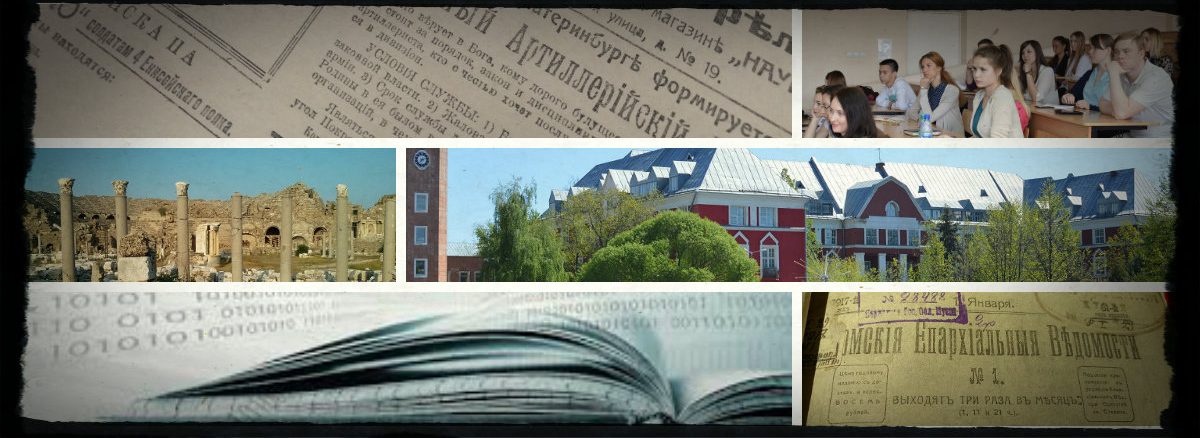The Fuggerzeitungen are conventionally known as the collection of hand-written newspapers put together by the brothers Octavian Secundus and Philipp Edward Fugger and preserved in the Sammlung von Handschriften und alten Drucken of the Austrian National library in Vienna. It includes 16.021 newspapers from 1568 to 1605. Originally part of the Fuggerschen library, the 27 folio volumes in which the newspapers are collected, reached the imperial library in Vienna in 1656. The pieces of news collected cover the 16th century known world. They come from the main commercial and information centres of Europe (most newspapers originate in Antwerp, Rome, Venice and Cologne, followed by Lyon, Vienna and Prague), but also from overseas, from India and the Middle-East.
This stock of sources, which in the fields of history of journalism and the press, literary research and historical research is often mentioned but rarely studied, will have its content evaluated as follows: on the one hand we will investigate how hand-written newspapers treated topics ranging from war reports to courtly culture and ceremony, in the still-developing framework of the making of a media Öffentlichkeit in early modern Europe; on the other hand, the connection of the Fuggerzeitungen to the other news-swapping networks in the early modern period will be evaluated by comparison to the collection of other powerful patrons, such as the Electors of Saxony in Dresden, scholarly correspondence, travel diaries etc…
The content of this study will therefore provide a clear picture of the entire Viennese stock. In cooperation with the Sammlung von Handschriften und Alten Drucken of the Austrian National Library, the pieces of news will be digitized and their text will become fully accessible through the manuscript catalogue of the Austrian National Library (HANNA, aka ÖVK-NAH), which is freely accessible online. This means that researchers from various scientific fields will be able to use the search functions on the newspapers’ tables of contents (according to date, city of departure of the news, date, people and places mentioned) and use the texts in a well-coordinated way.
